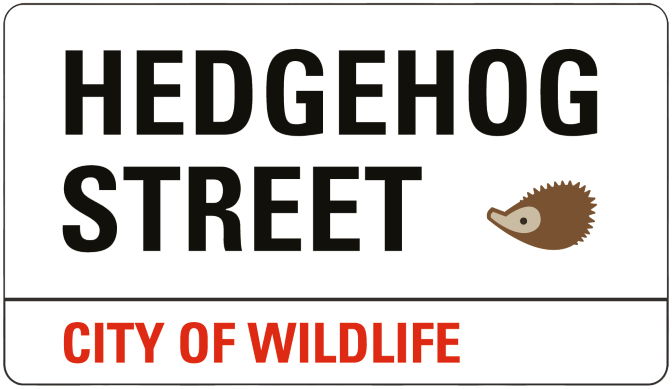Advice on Pond Escape Ramps
Home › Forums › Champions’ chat › Advice on Pond Escape Ramps
- This topic has 3 replies, 2 voices, and was last updated 6 years, 7 months ago by
 Nic.
Nic.
-
AuthorPosts
-
28th April 2018 at 10:34 am #9272
I am looking for a bit of advice on Pond Escape Ramps that can take the weight of a hedgehog that needs to get out. I am building a wildlife pond bit by bit, and although it is raised I am getting to the point that a hedgehog might be able to get in there. So a basic escape ramp, a plank of wood with some cuts to improve grip is in place now.
But I want to make something that is a bit less intrusive into the pond overall and sturdier. A short “ramp” of plastic coated chicken wire is one possibility but without some reinforcement I am not sure it would enable a hedgehog to actually get out. Any suggestions?
30th April 2018 at 10:13 am #9307Hi Alan
I am a bit confused about your pond. You say it is a wildlife pond, which makes me think gently sloping sides for birds, amphibians, hedgehogs, etc. to safely drink/bathe, etc. but then you say it is raised. Does that mean it has straight sides?
I have some small ponds, made out of large plant tubs, which do have straight sides, but I have made a sort of brick staircase inside the side of each, as well as a shallow ‘beach’ area, so that any animal/bird can get out easily. The ‘beach’ area is made of one of those (fairly large) aquatic plant baskets full of stones (standing on more bricks) and the water above that area is always shallow. On a larger scale you could use some sort of larger container in a similar way. One of these ‘ponds’ is sunk into the ground and the hedgehogs often drink from it, but the others are free standing. The hogs probably couldn’t access the free standing ones, but I have included ‘escape routes’ in those as well, just in case and also for the birds.
The following is a link to the garden features page of Hedgehogs Street, which does suggest using chicken wire, but doesn’t mention using a plank as well.
https://www.hedgehogstreet.org/help-hedgehogs/helpful-garden-features/2nd May 2018 at 12:21 am #9346It’s actually a series of tubs or “ponds” next to each other. So there is a Lifepond with gently sloping sides but next to it is a deep pond. The deep pond is a rectangular tub about 60 cm deep. That is raised, but if an animal got into the Lifepond they could conceivably cross over into the deeper pond.
I like the idea of your “beach area” so I think I will incorporate that into the deeper pond.
Just thinking of the worst case scenario, but does anyone know how high a hoglet can pull themselves up?
2nd May 2018 at 10:45 am #9362Hi Alan
My ‘beach areas’ have one side always covered with some water and then it slopes up to some not covered in water (stones stacked on top of the basket to create a slope) right up to the rim of the pond container. My reasoning was that if a hog got into the pond, it would swim (hogs are good swimmers, just not long distance ones) until it found somewhere it could scrabble onto then it could climb up to the edge, so theoretically a smaller hog could potentially find this easier. If you want to make it extra safe, you could make sure that the container you make your ‘beach’ in has sides which any hog could get a grip on. But that is also where the brick ‘staircase’ leading up to the beach comes in. It adds to the slope and makes it easier for a hog to find the beach. I imagine a hog would swim to and round the edge and it would come upon the ‘staircase’. The brick ‘staircase’ also helps to stabilise the beach area.
Everything is so much more likely to float in water and so the ‘beach’ contents need to be quite heavy. I try to keep the pond which is sunk into the ground topped right up to the rim as an added precaution, but you could put a fairly discreet ‘ladder’ made of chicken wire as another extra precaution, or for a rustic look, a well secured branch sloping up to and over the edge. For me, where ponds and hogs are concerned you can’t have too many extra precautions!
It makes it sound as if my ponds are really big, but actually each (round) tub is only 50 cm. in diameter and I can assure you, it all fits, with room for extra baskets with native aquatic plants. I imagine the things I have suggested would be even easier in a square pond.
Hoglets vary in size but, once they are out and about, I imagine they would be able to pull themselves up as far as they could get a grip. So either a ‘beach’ or something they could grip on over the sides of the pond, reaching down into the water. I would cater for as small as possible just in case – it may not only be hogs that get into the pond.
It’s so much easier to explain if you can see it! But I don’t have the facilities to put a photo on here.
-
AuthorPosts
You must be logged in to reply to this topic.

